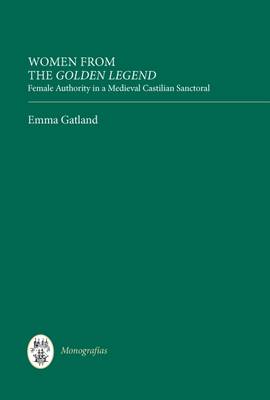
- Afhalen na 1 uur in een winkel met voorraad
- Gratis thuislevering in België vanaf € 30
- Ruim aanbod met 7 miljoen producten
- Afhalen na 1 uur in een winkel met voorraad
- Gratis thuislevering in België vanaf € 30
- Ruim aanbod met 7 miljoen producten
Zoeken
€ 177,45
+ 354 punten
Omschrijving
Hagiography was one of the most prolific narrative genres in the Middle Ages. Jacobus de Voragine's 'Golden Legend' (c. 1260), the most popular compendium, was translated into every language in Western Europe. In the medieval Iberian peninsula, the number of conserved hagiographic documents dwarfs those belonging to other narrative genres. This book examines one collection of saints' lives, or sanctorals, and the twenty-five female saints witnessed therein. Their lives furnished exemplary models for women inside and outside the Church, tell stories of maidens tortured by pagan sovereigns, prostitutes, mothers who see their sons martyred, and women who dress as men in order to avoid being married off to the nearest suitor. This study challenges an understanding of these women as passive recipients of social and spiritual influence by re-situating female authority within the context of vision, language, and performativity. Included in the study are transcriptions of twenty-two previously unedited lives. Emma Gatland is a Leverhulme Early Career Fellow, University of Cambridge.
Specificaties
Betrokkenen
- Auteur(s):
- Uitgeverij:
Inhoud
- Aantal bladzijden:
- 266
- Taal:
- Engels
- Reeks:
- Reeksnummer:
- nr. 296
Eigenschappen
- Productcode (EAN):
- 9781855662292
- Verschijningsdatum:
- 20/10/2011
- Uitvoering:
- Hardcover
- Formaat:
- Ongenaaid / garenloos gebonden
- Afmetingen:
- 157 mm x 236 mm
- Gewicht:
- 612 g

Alleen bij Standaard Boekhandel
+ 354 punten op je klantenkaart van Standaard Boekhandel
Beoordelingen
We publiceren alleen reviews die voldoen aan de voorwaarden voor reviews. Bekijk onze voorwaarden voor reviews.








